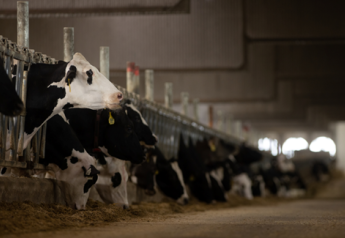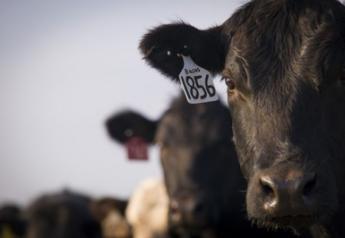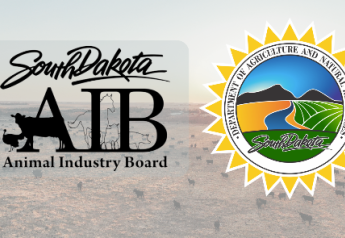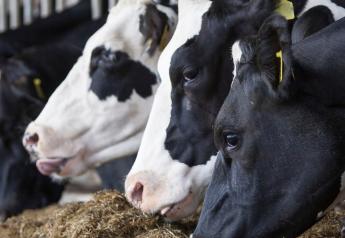How to Boost Lab-Grown Meat? Issue an Executive Order

Is the Biden Administration using a decoy?
While grants and funding continue to be announced for small packing plants and legislation to support small producers is a priority to some congressmen, Biden recently announced his “Executive Order on Advancing Biotechnology and Biomanufacturing Innovation for a Sustainable, Safe and Secure American Bioeconomy.”
What does this mean?
The overarching idea to “advance biotechnology and biomanufacturing towards innovative solutions in health, climate change, energy, food security, agriculture, supply chain resilience, and national and economic security,” sounds novel in the grand scheme of things; however, livestock producers must be wary.
The push towards lab-grown meat might have just gotten stronger.
Though the White House Brief does not call out specific technologies, it’s important to read the fine print.
The brief says the U.S. needs to develop genetic engineering technologies, writing circuitry for cells and predictably program biology in the same way we write software and program computers. In addition, the advancement of science allows production to scale up while reducing obstacles of commercialization, helping innovative technologies and products reach markets faster.
While this information could be interpreted differently, it’s worth noting how the statement can directly point to lab-grown meat.
Let’s use lab-grown meat as the example and rephrase that paragraph.
The U.S. needs to focus on genetic engineered, lab-grown meat technologies, scale-up production and help the “producers” commercialize and get product in consumers’ hands faster.
See the resemblance?
Biden claims Federal investment in key research and development of biotechnology and biomanufacturing will help further society goals.
The action plan for this focus includes a report submitted by the Secretary of Agriculture, in consultation with the heads of appropriate agencies, “assessing how to use biotechnology and biomanufacturing for food and agriculture innovation, including by improving sustainability and land conservation; increasing food quality and nutrition; increasing and protecting agricultural yields; protecting against plant and animal pests and diseases; and cultivating alternative food sources.
Now, I find other parts of that statement valuable, however the addition of “cultivating alternative food sources” makes my eye twitch.
As an Executive Order, the ball is rolling and no one can stop it. It will be interesting to see what federal funding is announced in the coming months.
As a livestock producer, I feel it’s increasingly important to share what you do and how you do it.
As more information becomes available, be sure to stay connected to the industry groups you trust and reach out to your state’s legislators on The Hill.
As I mentioned, it’s always a good idea to read the fine print. Rather than getting blindsided, be ready for the wave. Be prepared to defend the industry we love.







